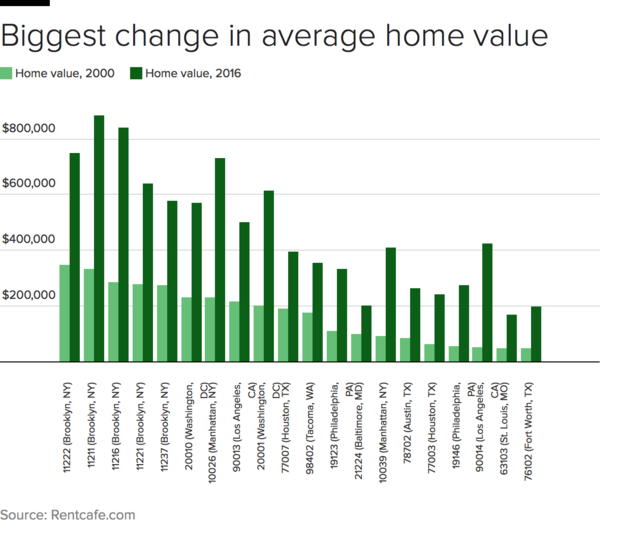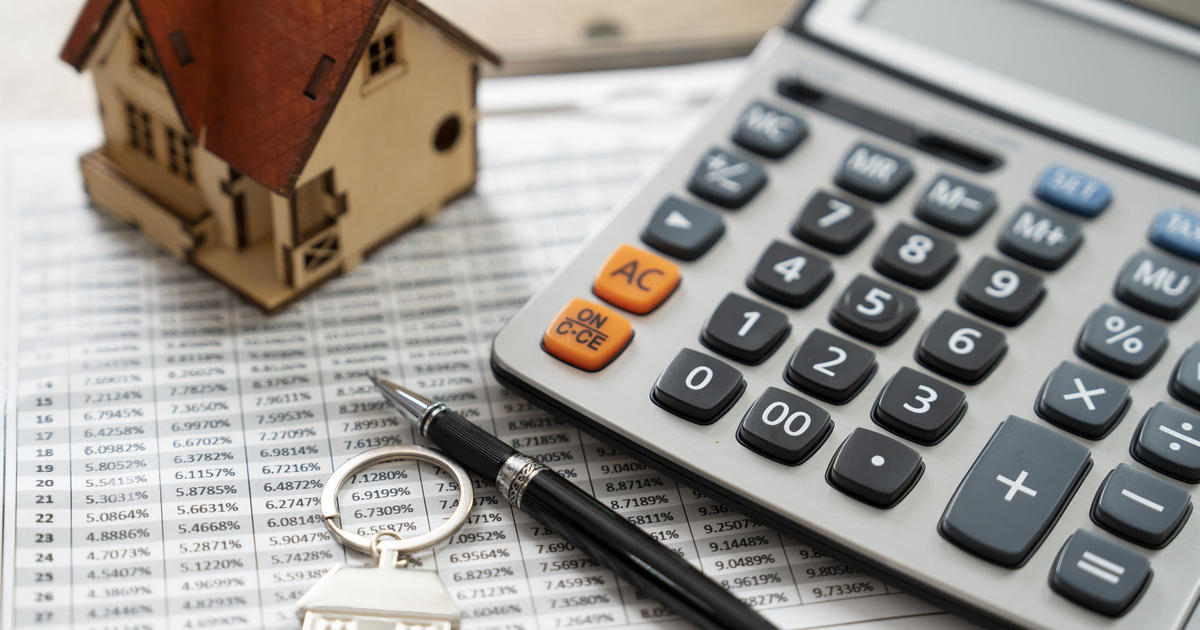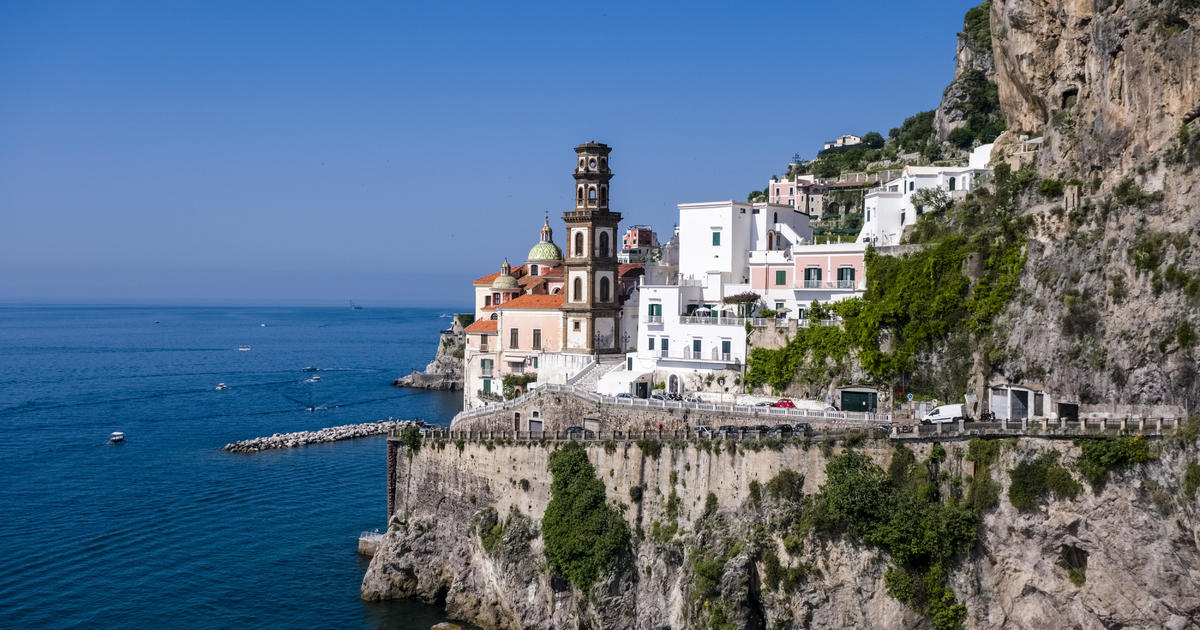Where gentrification is having the biggest impact on cities
It's not "90210," the TV series about the swanky Beverly Hills neighborhood, but the rich are definitely pouring into another Los Angeles zip code: 90014. That neighborhood is now America's "most gentrified" zip code in the country, even though it's next to the city's Skid Row.
"With a 95 percent increase in median household income, it took first place," according to a survey from apartment search website RENTCafé. Yet, it added, "the majority of residents still live under the poverty line."
The study underscores how rising property prices are pushing professionals into poorer neighborhoods, creating a cycle that can lead to disgruntled neighbors with fears that gentrification will price them out of their homes.
RENTCafé analyzed Census and economic data dating back to the turn of the century to find the 20 zip codes with the highest growth in home value, household income and education. All of the neighborhoods are formerly rundown areas of major cities where wealthy and upper-middle class young professionals have moved in, displacing or, at the very least, squeezing the less affluent and often minority residents.
"Gentrification," a term that comes from the English word for landowners just below the nobility, is often vilified by activists as a way to push black people from their neighborhoods. The survey's author, Balazs Szekely, said that gentrifiers are a "less than glorious elite, if you will."
Young urban professionals, often without children, don't see it that way. Many work in major cities and want to live close to their jobs. For example, one such gentrified area in Philadelphia sits next to city hall. Even with the recent rise in home prices, renovated downtown properties are still considered a bargain by some homebuyers, as well as a way to avoid the traffic jams they would endure if they commuted to the suburbs.
Even so, these inner-city properties are less affordable than they once were. On an inflation-adjusted basis, the cost of a home in the Los Angeles 90014 zip code has skyrocketed from $52,275 in 2000 to $421,731 in 2016, a 707 percent increase. Average income in the area has nearly doubled, yet it stands at $24,670, according to the survey. That means wealthier residents are often living side-by-side with lower income Americans, who are often renters.
With the exception of St. Louis, Missouri, all of the most gentrified neighborhoods are located on the East and West coasts or in Texas. The biggest migration of gentrifiers can be found in New York City's borough of Brooklyn, just across the East River from Manhattan, which claims five of the zip codes.
Two of the most gentrified zip codes are in Manhattan. One encompasses a Harlem neighborhood that was traditionally African-American, while another sits next to Yankee Stadium in the Bronx. Washington, D.C., Philadelphia and Houston each claim two of the most gentrified zip codes.
"Neighborhoods have been targeted by vandals who oppose gentrification," noted Phillyvoice.com. But city leaders typically like the economic changeover because it increases the tax base, and often do everything they can to improve these downtown areas.
Tacoma, the only city in Washington state to crack the top 20, cleaned up its nearby waterway and put in a light rail system that residents could walk to, according to The News Tribune. Short commute times are also a draw.
"What our top 20 'zips' have in common is that they are central, highly coveted mostly downtown neighborhoods where development options are limited," said Szekely. Because more people are vying for fewer homes, "the result is a snowball effect." While gentrification replaces long-time residents, it also "revives neighborhoods that have seen better days," he added.
The pioneers who often brought about gentrification were artists and LGBT families seeking a cheaper way to enjoy city life. Many of the gentrified areas are near museums, theater districts, universities and elegant restaurants.
The trend could very well continue because – realistically – people have no choice but to go where the jobs are. And about 90 percent of US gross domestic product (GDP) comes from metropolitan areas, according to a study by the St. Louis Federal Reserve. It is also where 86 percent of the population live, although, judging by the gentrification study, many of them would like to live even closer.






